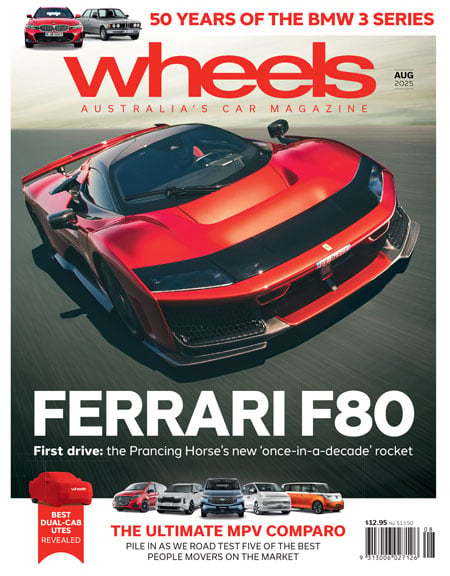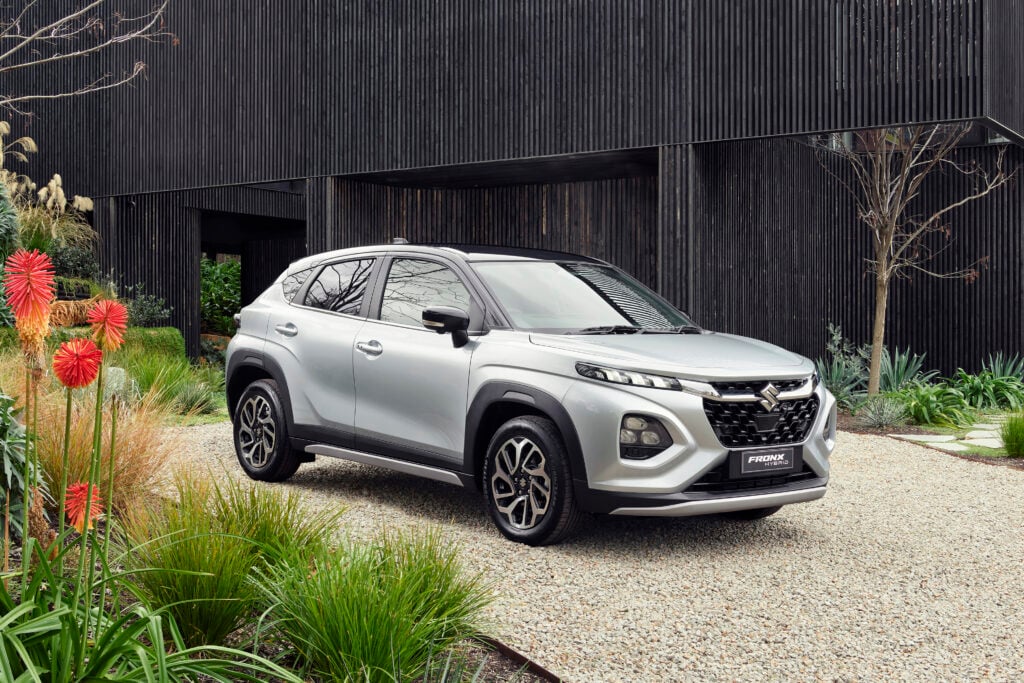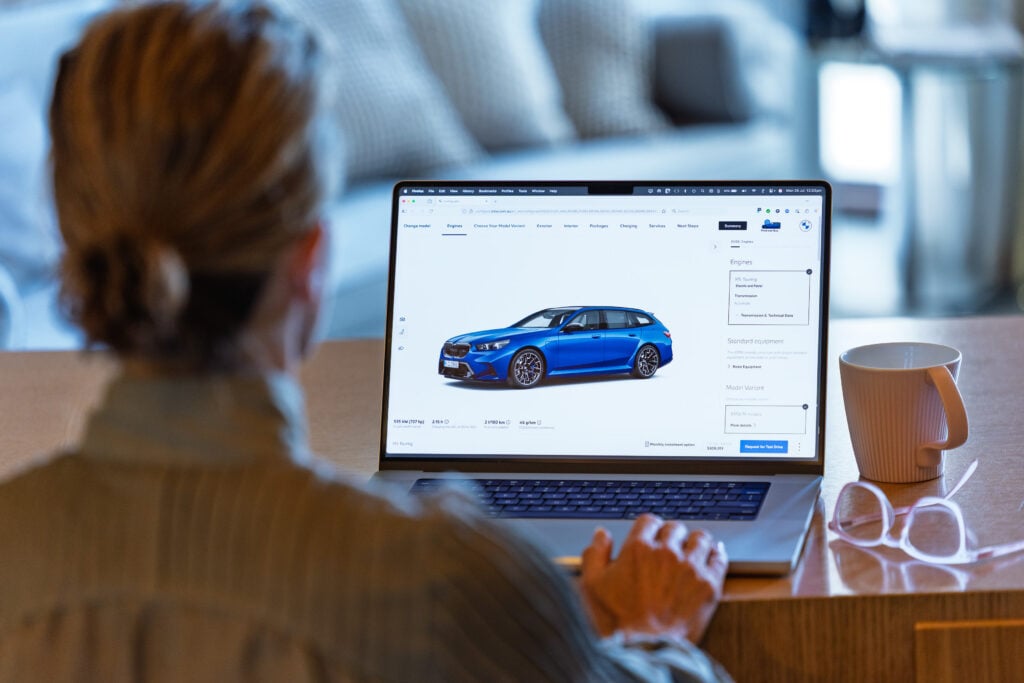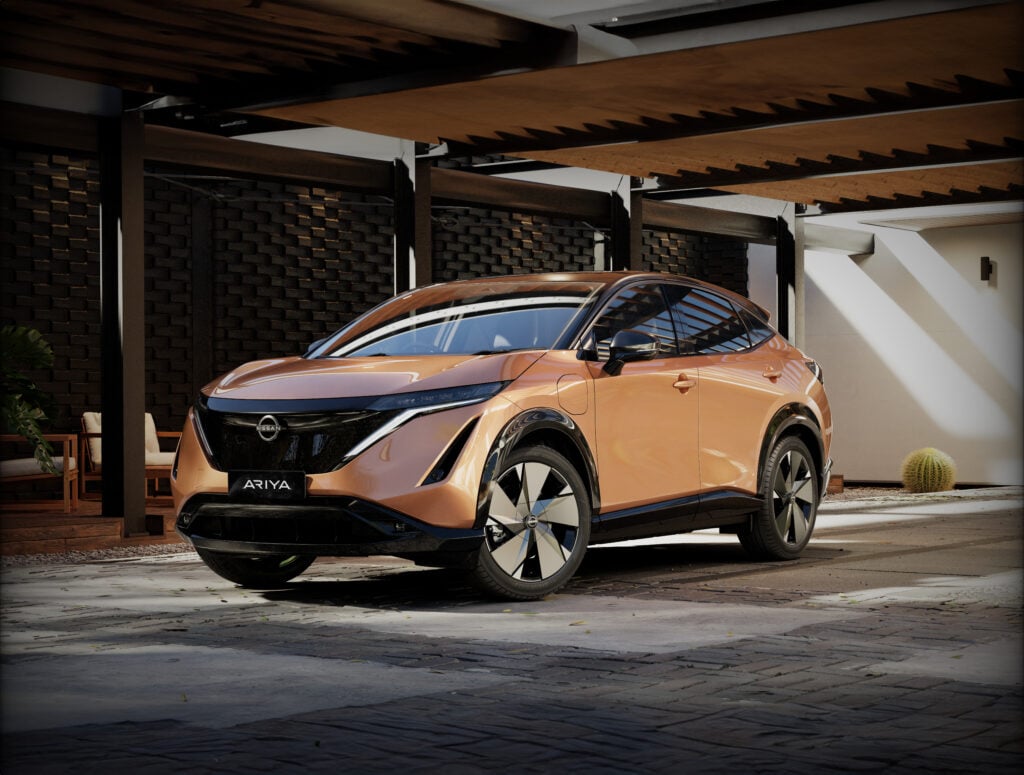UPDATE, August 15: Australian pricing revealed
Australian pricing for the Maserati Grecale has surfaced online, thanks to a dealer bulletin shared with Wheels Media. Get the full story at the link below.
The story to here
Snapshot
- Maserati reveals mid-sized Macan, X3, GLC rival
- Two hybrids and a V6 form initial launch line-up
- Electric version expected sometime in 2023
The new 2023 Maserati Grecale has been unveiled ahead of its Australian launch in late 2022 or early 2023, debuting tonight after years of anticipation and months of spy photos.
With the Grecale, Maserati is making the most serious attempt ever in its 108-year history to reach the mainstream.
When it goes on sale, it’s expected to be priced as a rival to higher-spec versions of the Porsche Macan, BMW X3 and X4, Range Rover Velar and other premium performance crossovers.
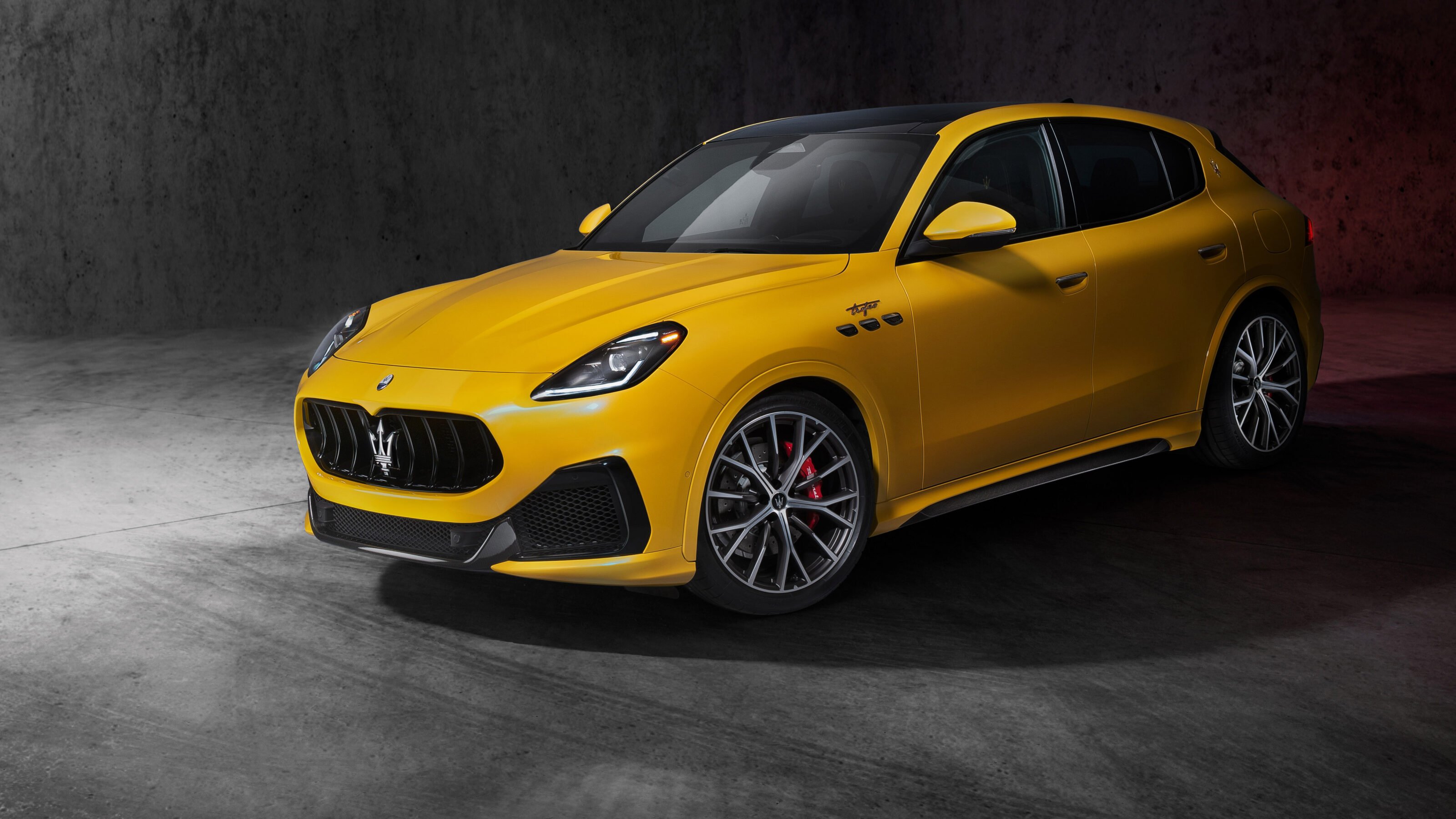
There will be two mild-hybrid four-cylinder versions and a hot V6 at first, with the all-electric Folgore version set to follow in 2023. That will be up against a slightly different set of rivals, including the Jaguar i-Pace and BMW iX3.
The Grecale is smaller than Maserati’s current SUV, the Levante, which continues in the line-up. It’s very much an on-road SUV, although there is an Off-Road drive mode and the air suspension (standard on the V6 model, optional on the others) does allow the car to rise by 30mm to get over modest obstacles, and drop by 35mm to help occupants make an elegant exit.
At 4859mm long, 1979mm wide and 1659mm high (all figures are for the top-spec version), it’s bigger than the Macan but smaller than the Cayenne, and bigger than the X3 but smaller than the X5.
Maserati says the Grecale is the most spacious and most comfortable car in its class, with plenty of room in the back.
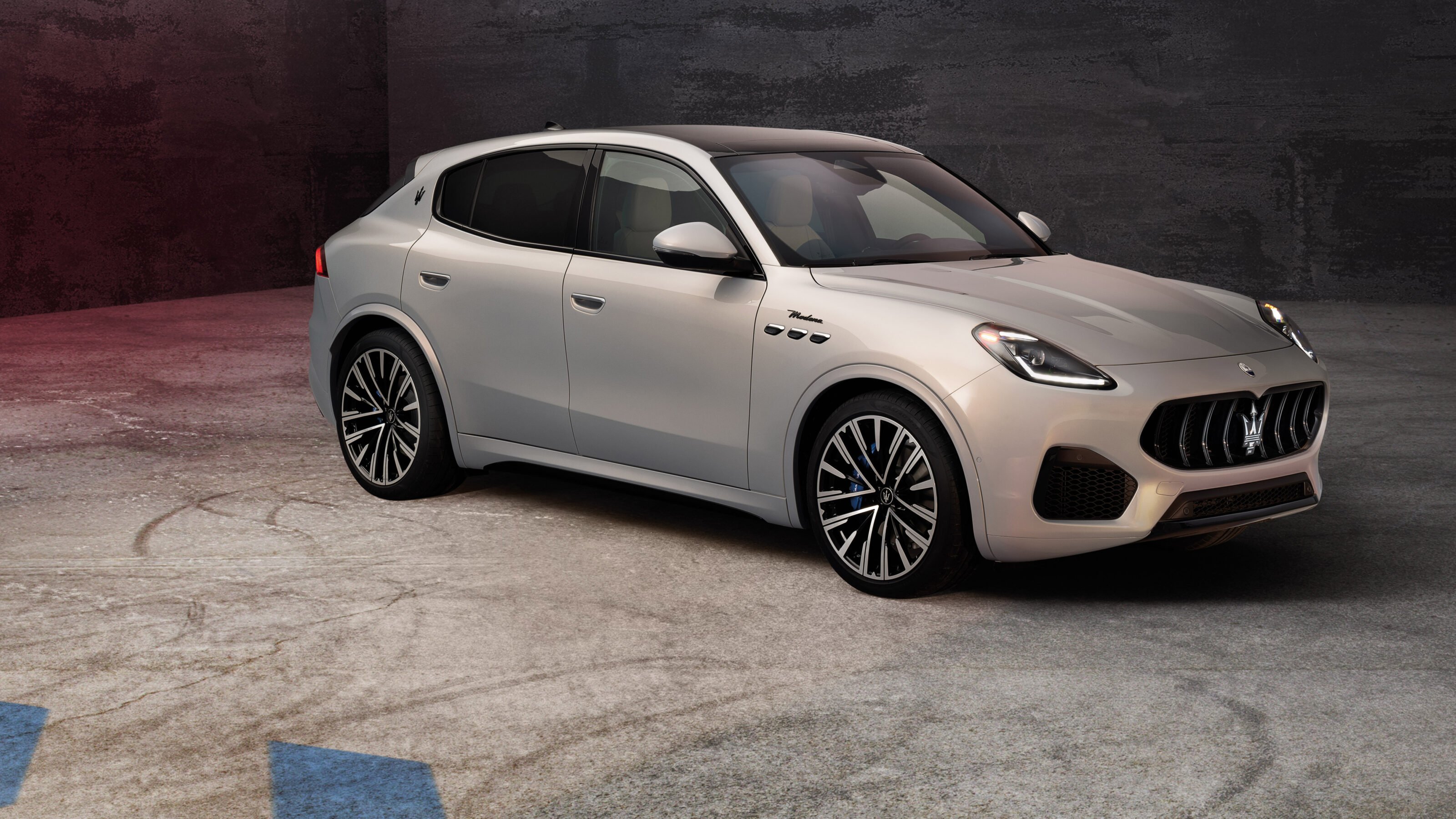
The interior combines traditional elements with some new thinking. That’s embodied most prominently in the digital clock in the centre of the dash – the first non-analogue version of a familiar Maserati detail.
It’s configurable, to become a compass or g-force meter. And it’s the focal point of the driver’s interaction with the car’s infotainment. So when you use voice control – ‘Hey Maserati’ – it emits a signal in response.
There’s no gear lever on the transmission tunnel. Instead, you get physical PRND buttons between the two big info screens, and massive paddles if you’re in the mood to make your own shifts.
Outside, the rear lights are just about boomerang-shaped enough to echo the LED tail lights of the late-’90s 3200 GT. But, in a very modern way, there are no mechanical door handles, inside or out.
The MC20 is regarded by Maserati as the start of its new era. So the updated Maserati logo and trident badge that debuted on the supercar also appear here. And the same visual philosophy is applied: clean, sculpted lines up top, and a more functional, mechanical approach lower down.

What versions are available?
Until the arrival of 2023’s all-electric Folgore, there are three engines, each with its own spec level.
The 3.0-litre V6, available in the Grecale Trofeo, is a slightly detuned version of the Nettuno engine found in the MC20 supercar, here making 390kW and 620Nm of torque, with a 0-100km/h time of 3.8sec and a top speed of 285km/h.
Those attention-grabbing figures should reassure anyone worried that Maserati has lost its way by making a mass-market crossover.
It gets an extra drive mode, Corsa – making the controls more responsive, reducing traction control and bringing launch control – as well as the Comfort, GT, Sport and Off-Road modes they all have.
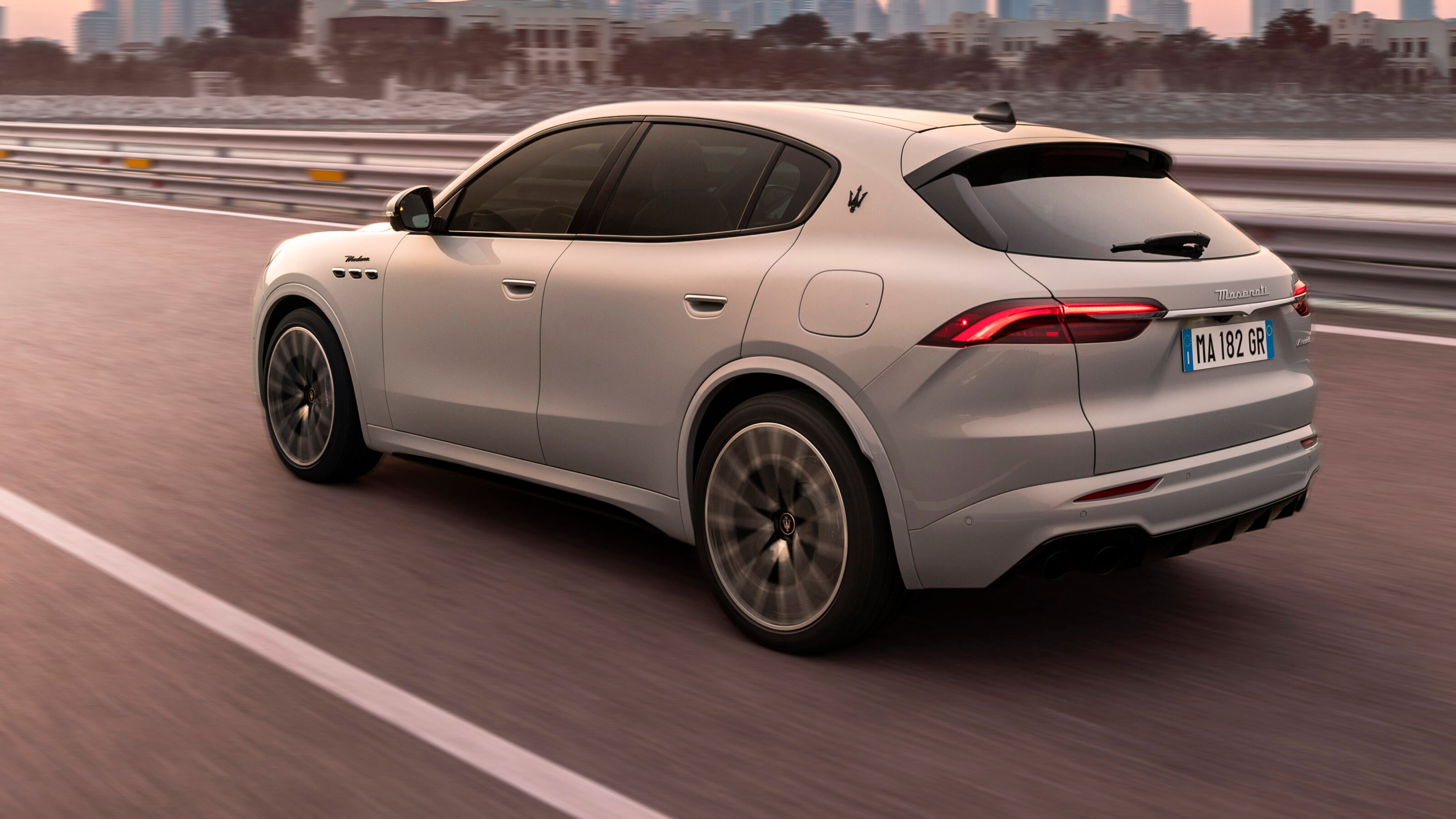
But – if the Macan-alike incursion into popularity is to succeed – it will be the two mild hybrids that actually sell in big numbers. Available in the GT and Modena versions, both have 2.0-litre four-cylinder petrol engines, with a belt starter-generator, based on the Ghibli’s, to offer electrical assistance to ease the load on the engine.
In the entry-level GT it makes 221kW; in the Modena it’s 243kW, and the same 450Nm of torque. They’re set up for performance rather than economy, but even so they should offer relatively sane numbers for taxation purposes, with an official fuel consumption figure of 8.7 l/100km for the GT.
Maserati claims 0-100km/h times of 5.6 seconds for the GT and 5.3 seconds for the Modena.
The GT comes with 19-inch wheels, while the Modena is on 20s and the Trofeo on 21s. The Modena and Trofeo have a wider rear wheel track, by 34mm.
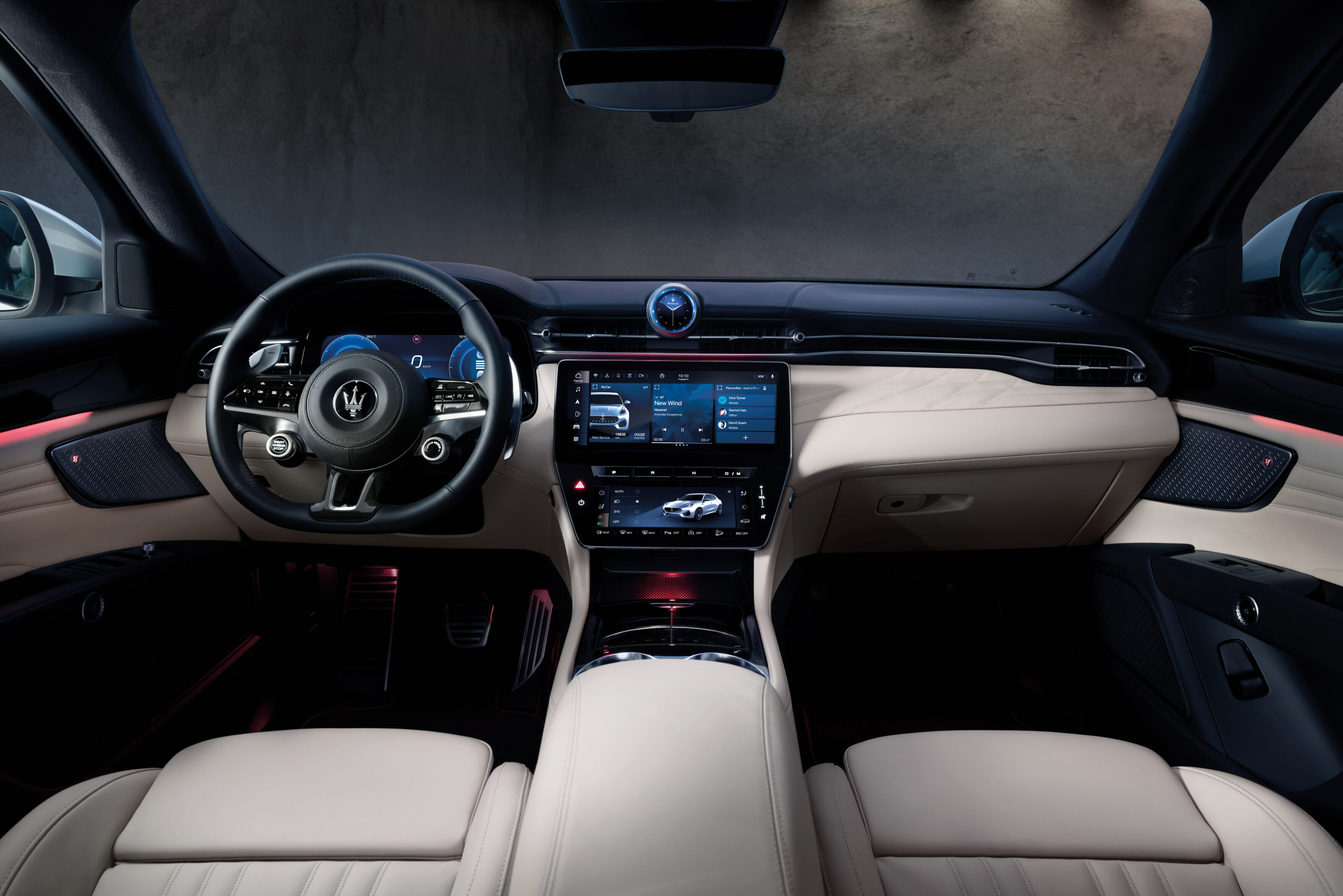
Will there be a slower, more affordable entry model?
No, and deliberately so. Maserati only makes sense as a higher-end premium brand, building cars that are still relatively rare – although not as rare as they sometimes have been in the past, when sales have dwindled to a financially unsustainable level.
Residual values are crucial to the Grecale. Unlike the archetypal tanned, loafer-wearing, ageing playboy, the new breed of Maserati buyers will be younger and will include more females. And they won’t actually be buyers – PCPs and other forms of finance will be crucial to the Grecale’s success.
Strong residual values are essential if monthly payments are to be relatively affordable, and having low-spec versions in circulation can cheapen the brand imagen in a residual-damaging way.
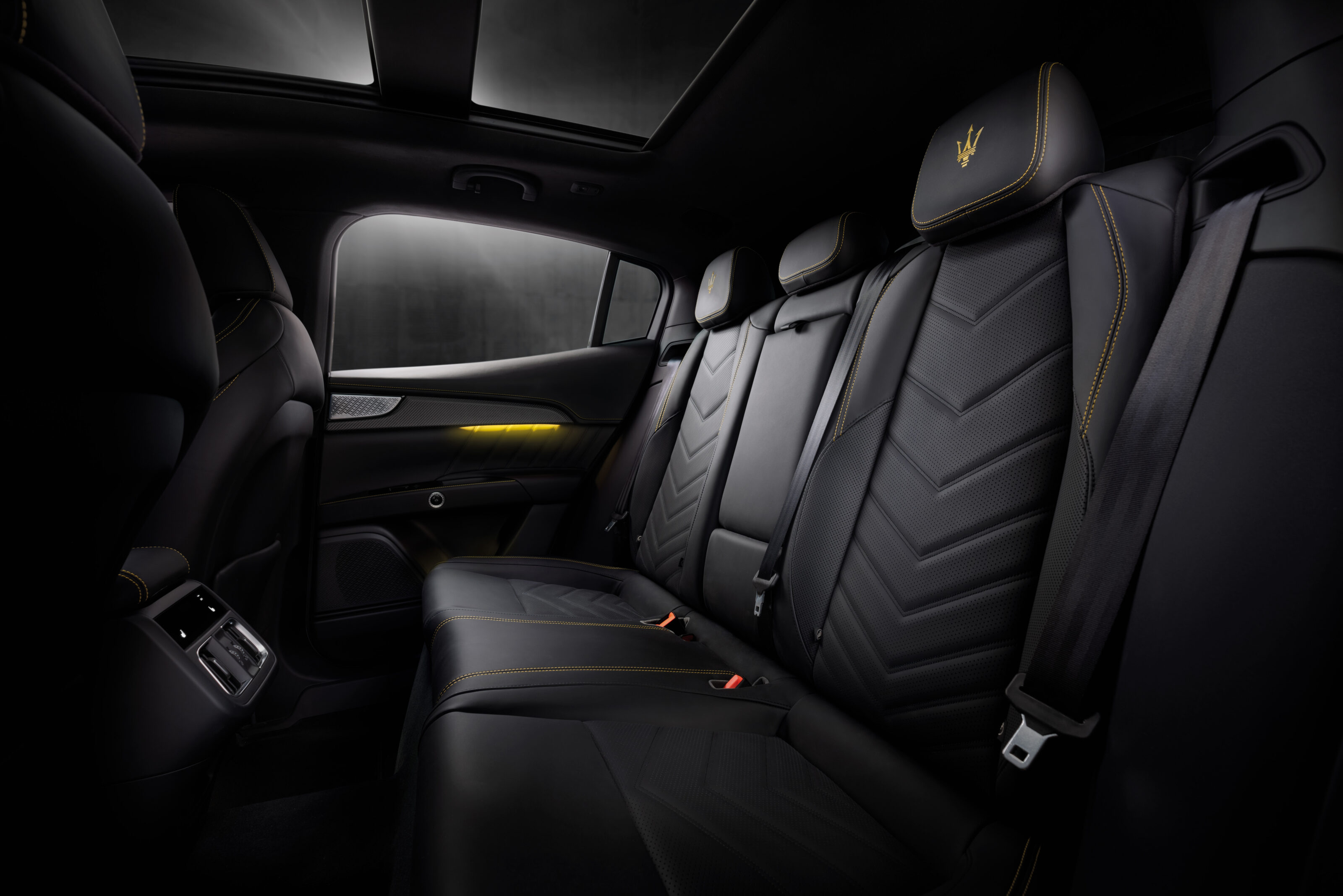
And it’s not just a rebadged Alfa?
Maserati is, like Alfa Romeo, part of the old FCA group that last year merged with PSA to form Stellantis. In other parts of Stellantis, we’re seeing a lot of hardware sharing – the Vauxhall Corsa and Peugeot 208 are clearly very closely related, for example. But Maserati is keen to stress that, despite being built on a version of the same Giorgio platform as the Alfa Stelvio, the Grecale is very much a Maserati.
The mild-hybrid engines are derived from the Ghibli’s, while the V6 is a slightly detuned version of that used in the MC20 supercar, not the Stelvio. The cabin is pure Maserati, too.
The Grecale was developed in Modena, it’s being built at Cassino (traditionally a Fiat and latterly an Alfa Romeo factory, south-east of Rome) and the engines are coming in from the FCA engine plant at Termoli, on the Adriatic (which will become one of the Stellantis group’s battery gigafactories later in the decade).
The EV will be made at the Mirafiori factory in Turin, which already builds the electric Fiat 500, and is becoming an EV hub for Stellantis.
When will the Maserati Grecale come to Australia?
Expect to learn more about the Grecale’s Australian timing and specifications in the months ahead, with a local launch expected to occur in either December or January.
A version of this story appeared at Car magazine in the UK.
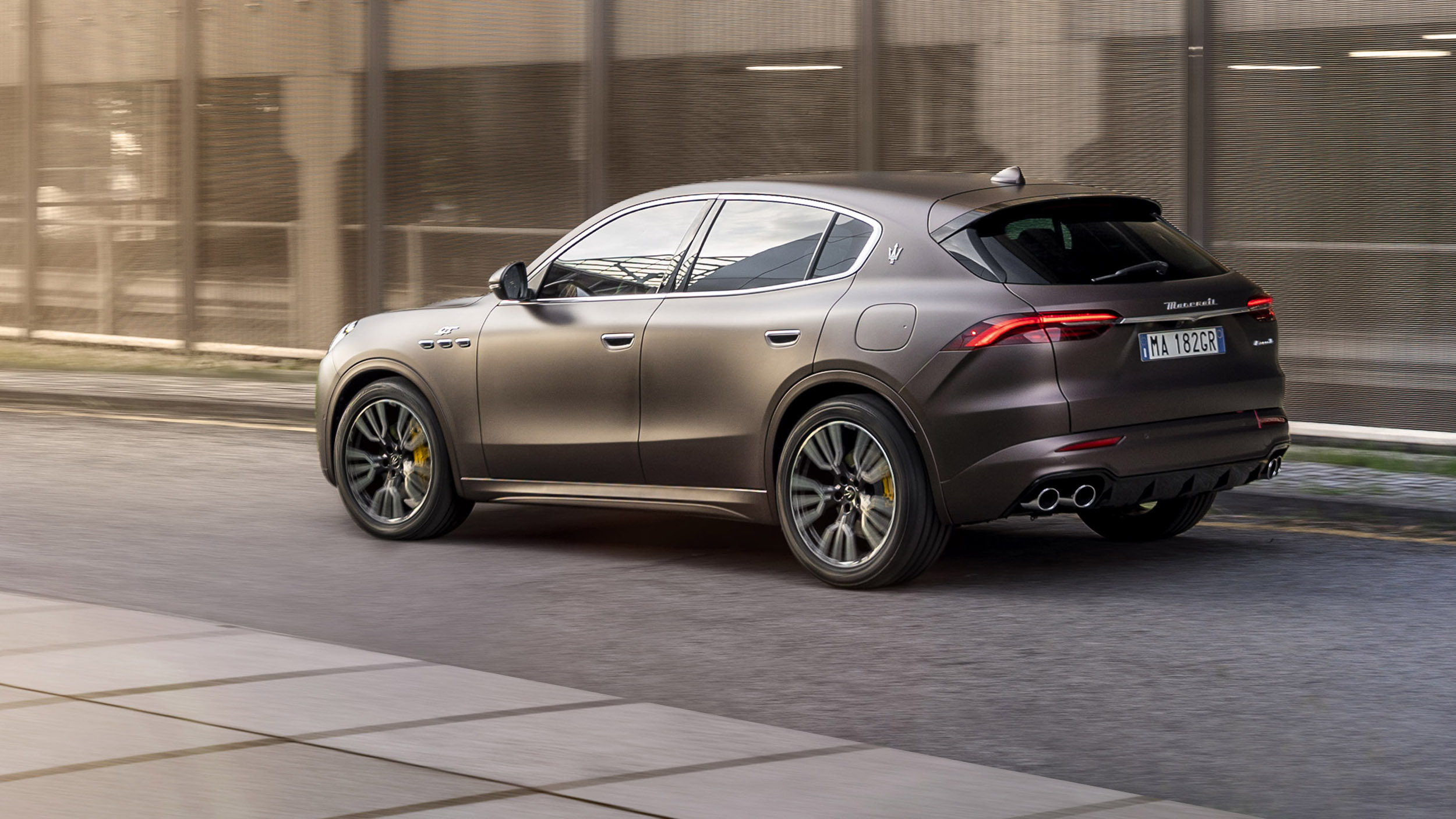
We recommend
-
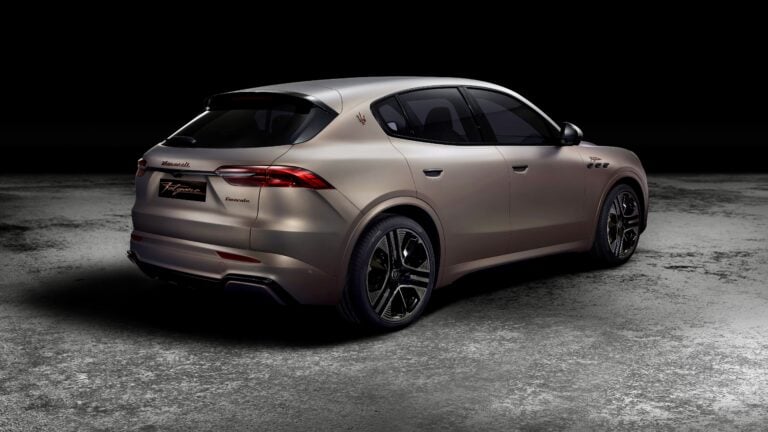 News
News2024 Maserati Grecale Folgore: Electric SUV here next year
Australia will see the launch of the battery-powered Grecale Folgore in late 2023, as Maserati begins its transition to an all-electric brand
-
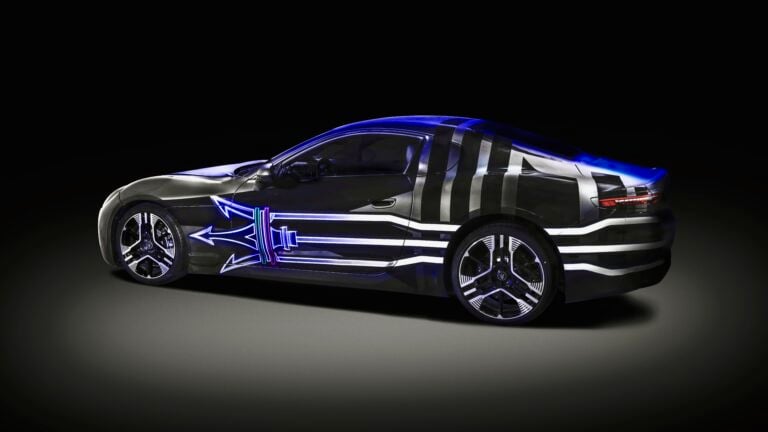 News
NewsMaserati accelerates plans: All-electric by 2030
Petrol-powered Maserati models will be gone by 2030, with the transition to electric to begin in 2023
-
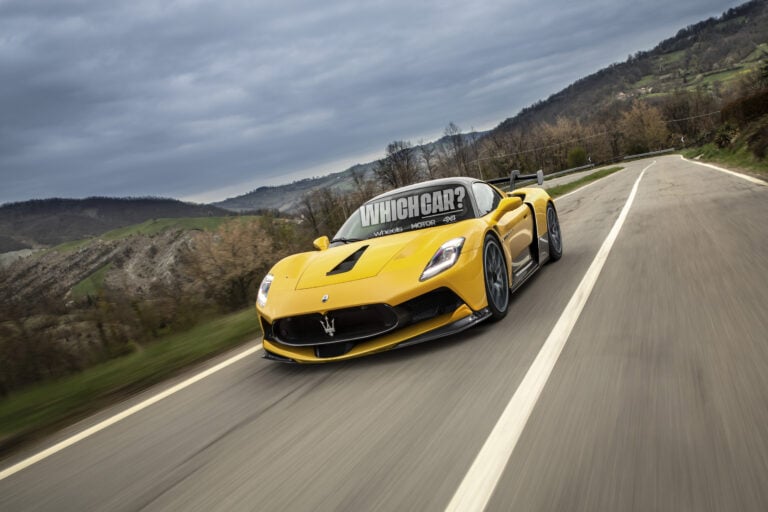 Features
FeaturesThe Maserati MC20 Trofeo doesn’t exist, but we think it should
We envisage a world where Maserati goes all out with its new supercar halo


